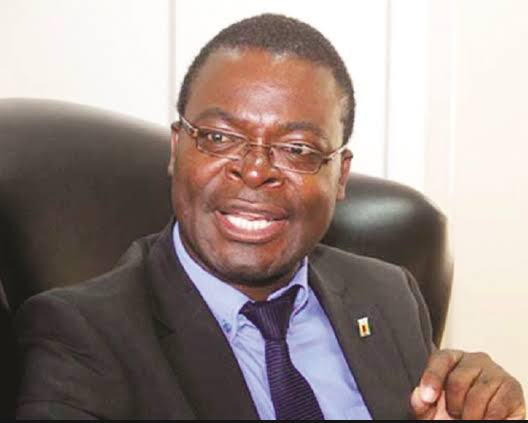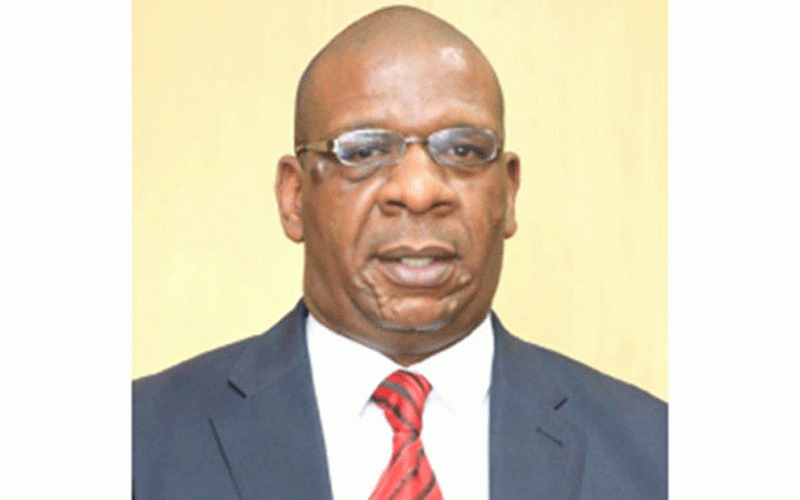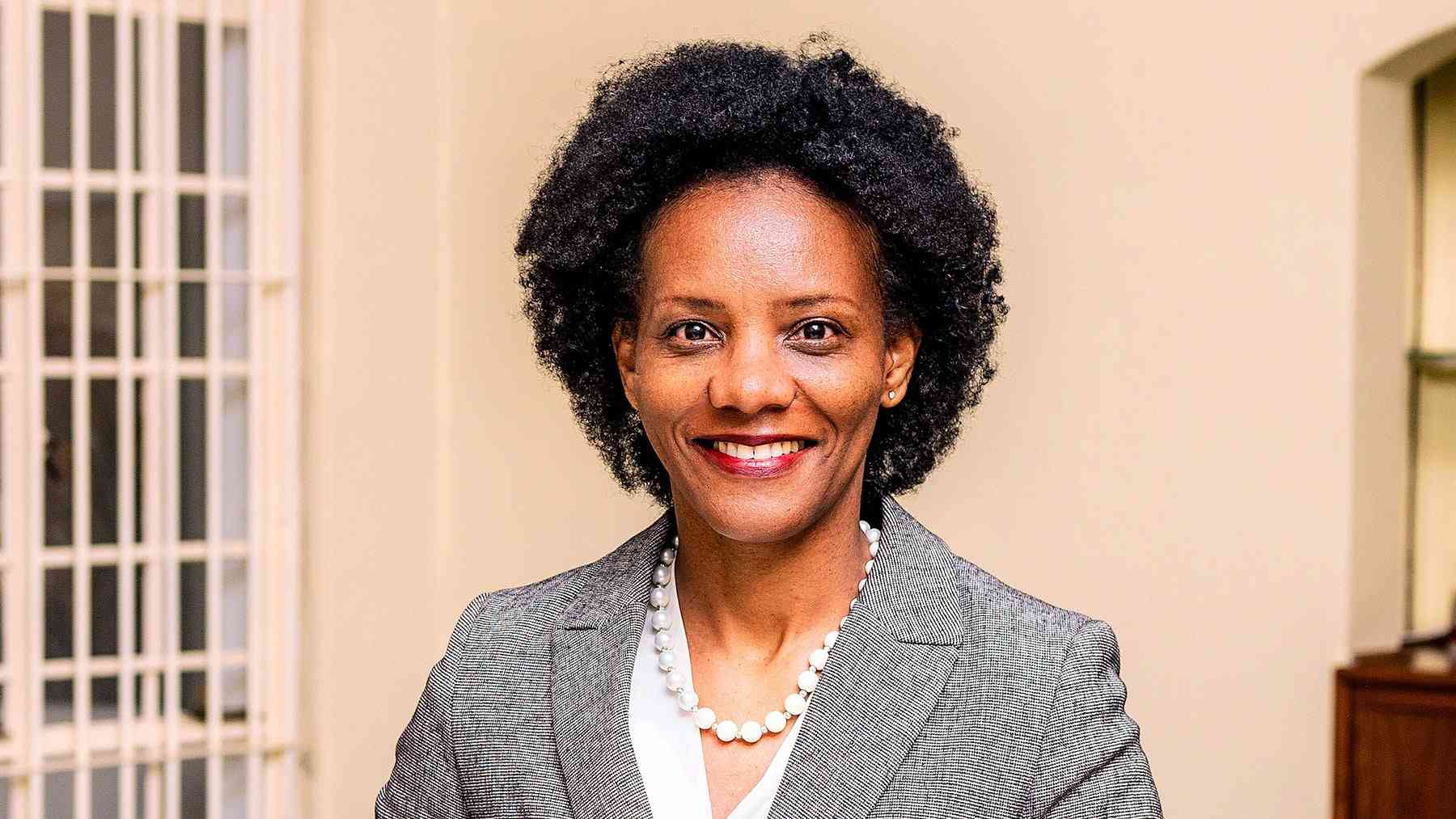
An unprecedented 71,2% of Zimbabweans were shattered by political or social violence in the past year, according to the Zimbabwe Human Rights Association (ZimRights) 2025 State of Peace in Zimbabwe report.
It is a sobering exposé that lays bare the depth of turmoil haunting a nation where millions already struggle for a meal.
But behind the statistical shock lies a wounded society trapped between the rhetoric of peace and the reality of fear. Zimbabwe’s constitution promises freedom, justice and security, but the lived experience of ordinary citizens tells a story of broken institutions, deep political fault lines and eroded public trust, the report noted.
The findings, released recently, capture a country at war with its conscience, a country where corruption, economic deprivation and political intolerance have evolved into the silent architects of instability.
ZimRights said 33,1% of citizens witnessed outright political violence last year, while 51,1% reported social violence.
“Only 44,2% of respondents feel safe in their communities,” the report stated, describing a nation where peace exists more on paper than in practice.
Even more stunning were revelations that confidence in law enforcement stood at only 17,9%, demonstrating the collapse of institutional trust in a country where police have lately been accused of heavy-handedness and negligence, including in a series of fatal traffic incidents.
Authorities have denied wrongdoing, but the crisis of confidence runs deep. According to ZimRights, many citizens now look to churches, traditional leaders and non-governmental organisations — not the police or government — for mediation and safety.
- Why must we celebrate human rights defenders?
- ‘Drug, substance abuse among youths reflects social fabric breakdown’
- 2023 polls: Power shifts to Zimbabwe’s electorate
- Economy fuelling drug abuse: Students
Keep Reading
“Zimbabwe ranks 141 out of 163 countries on the Global Peace Index,” the report said.
“While peace-building frameworks exist, the lived reality for the majority remains one of fear, repression and inequality.”
To understand Zimbabwe’s fragile peace, ZimRights traced the crisis to a failure of post-independence leadership. The liberation war that ended colonial rule in 1980 gave rise to high hopes for justice and reconciliation. Yet those hopes quickly faded.
The late former president Robert Mugabe’s 1980 reconciliation speech, often hailed as a gesture of unity, never evolved into a genuine national peace policy, many analysts say. Instead, just two years later, the country was plunged into the Gukurahundi massacres, when the state unleashed its military might against civilians in Matabeleland and the Midlands, killing an estimated 20 000 people.
That episode, ZimRights says, exposed the enduring colonial architecture of violence which the new rulers never dismantled. Each time power felt threatened, that machinery of repression was redeployed — from the 1980s atrocities to the violent elections and crackdowns that have punctuated Zimbabwe’s recent history.
“The post-colonial government inherited the instruments of oppression and never dismantled them,” the report notes. “This is why fear continues to define the national psyche today.”
Calls for transitional justice — to heal wounds and establish accountability — have echoed for decades, from the landmark Breaking the Silence report by the Catholic Commission for Justice and Peace in 1997 to the present day. Yet these appeals have largely been ignored, leaving trauma to fester and mistrust to deepen.
The new ZimRights report highlights rampant corruption, economic decline and deep political polarisation as the dominant disruptors of peace. Since the disputed 2018 elections, tensions between the ruling Zanu PF party and opposition groups have hardened into a toxic divide that periodically erupts into violence.
Nearly 60% of citizens feel unsafe participating in peaceful demonstrations, while 47,6% say they have been threatened for exercising basic freedoms, according to the report. Civil society groups have not been spared. Critics say they face growing restrictions under the law and an increasingly hostile policing environment.
The chilling effect of fear has become visible in public discourse. “The cost of silence”, the report warns, “is reflected in high neutrality in survey responses, which may mask widespread fear and disengagement”.
Economically, the report paints a grim picture. Unemployment and lack of education were identified as major structural barriers to stability. Zimbabwe’s long running economic crisis, marked by currency collapse, inflation and joblessness, has pushed millions into informal trading or exile.
With survival dominating daily life, violence has become an added tax on hope.
“Businesses rarely collaborate on peacebuilding, constrained by politicised markets, a lack of capital and survival driven priorities,” ZimRights observed.
Despite the despair, the report finds glimmers of resilience. Across all 10 provinces, communities continue to express a vision for an inclusive and just Zimbabwe. The report says many respondents called for training in conflict resolution (53,4%), empowerment (36,7%) and collaborative platforms that link economic opportunity to social cohesion.
A recent Right to Peace roundtable brought together peacebuilders and thought leaders who urged the state to strengthen statutory oversight bodies — particularly the Zimbabwe Independent Complaints Commission — and to rebuild trust through genuine reform, accountability and dialogue.
ZimRights warns ignoring these calls will come at a high price: the normalisation of fear, the corrosion of civic faith and the continued flight of talent and investment.
“The promise of peace, justice and human rights remains aspirational for many,” the report concludes.
“But Zimbabweans still demonstrate resilience and a clear vision for a more inclusive future.”
The tragedy, however, is that a generation born long after independence continues to inherit a culture of fear their parents fought to end. Until corruption is punished and politics ceases to be a theatre of intimidation, the word “peace” will remain one of Zimbabwe’s most abused ideals.
For now, the yawning gap between formal guarantees and lived realities defines Zimbabwe’s uneasy calm.











